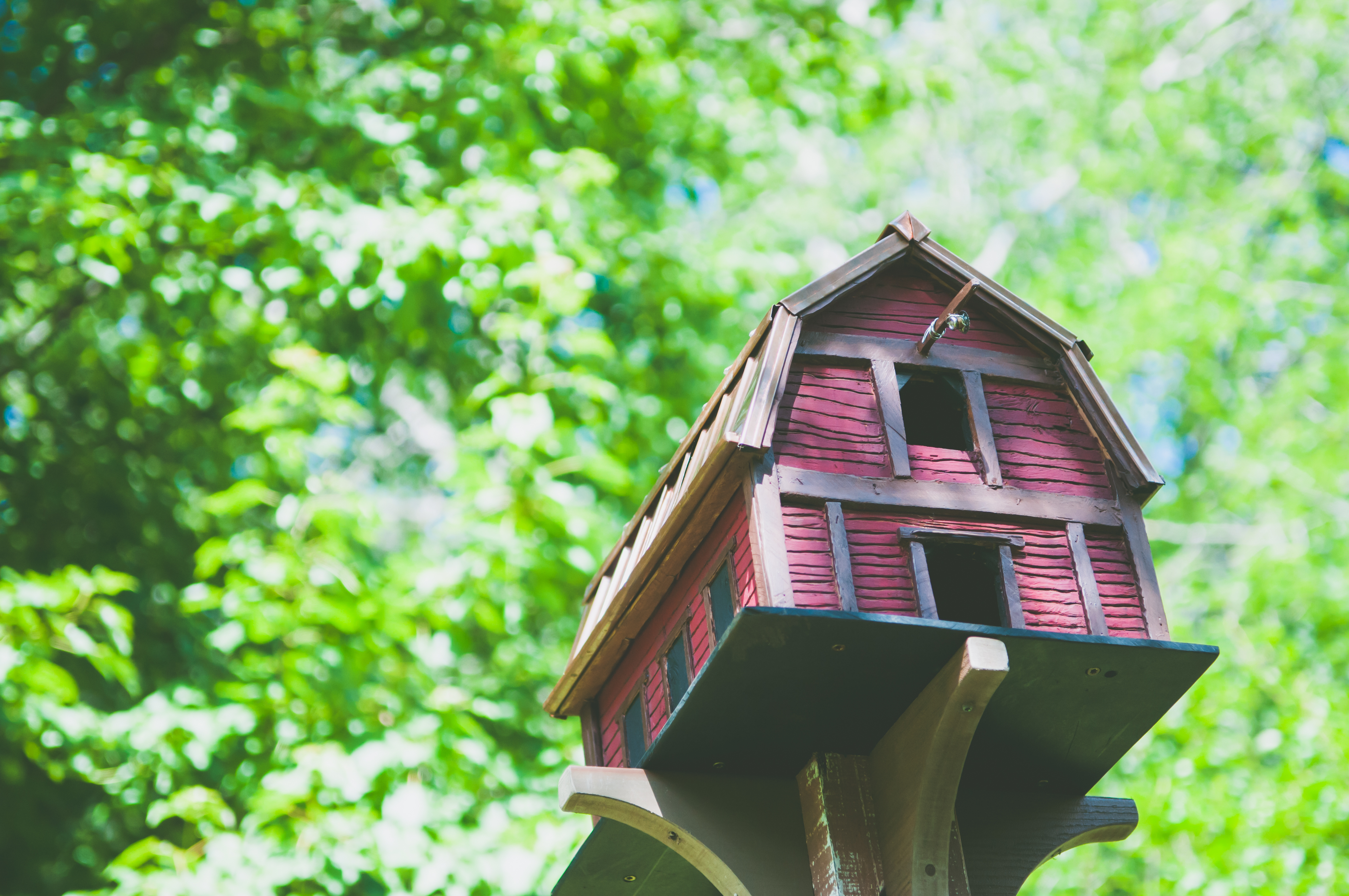AARP Hearing Center

Despite a long history of poverty in Appalachia, governmental and non-profit agencies are working to make housing in the region more affordable and accessible, particularly for older residents.
Those efforts were among the highlights of the third in a four-part webinar series—Livable Appalachia Summit—sponsored by AARP Virginia in partnership with AARP North Carolina and AARP Tennessee.
Housing is central to other livability issues, such as community connections and transportation, but too many communities lack housing that’s safe and affordable, according to David Lipsetz, president and CEO of the Washington D.C.-based Housing Assistance Council, and other participants. The mission of the Housing Assistance Council is to improve housing conditions for the rural poor, with an emphasis on the poorest of the poor in the most rural places
Nationwide, an estimated nearly 11 million rural Americans—one in six--live in poverty, Lipsetz said. One in four rural children live in poverty. Nearly 30 percent of rural residents live in substandard housing with such issues as inadequate plumbing.
Because housing is typically the largest expense of households, Lipsetz noted that when it accounts for more than 30 percent of income, it creates other problems for a family, such as food insecurity and inadequate health care.
In North Carolina, one in three rural families spend 40 percent of their income on housing, with one in seven paying over half their income on housing.
Contributing to the lack of affordable housing are shortages of housing stock for both purchase and rent, as well as home building challenges, such as high construction costs and labor and material shortages.
To meet these challenges, governments and non-profit organizations are trying various approaches.
Mayor Curtis Hayes of Livingston, Tenn., said that as residents age and face a decline in mobility they find themselves in houses that are too large and possibly unfriendly to their needs. Hayes noted that Livingston is an aging community, where the average age of residents is increasing, so the city is searching for ways to provide age-friendly housing. It is preparing a community survey to determine how to proceed.
Joy Strassel, executive director of the Western North Carolina Housing Partnership, Inc., said that since its inception in 1994 the organization has developed 20 affordable apartment communities in rural areas of North Carolina aimed mostly at meeting the needs of the 55-plus population.
Much of the funding for these apartment developments comes from tax credits issued by the U.S. Treasury known as Low Income Housing Tax Credits (LIHTC). A recent housing study focused on rural western North Carolina found the need for more than 4,000 affordable units for older residents.
A development Strassel is particularly proud of is Arbor Glen, a 50-unit apartment community for those 55-plus in Lenior, N.C.
Challenges to such developments are suitable land availability, soaring land costs, lack of infrastructure, and construction material and tradesmen costs, Strassel said. She noted that the housing they build is not government subsidized or federally designated Section 8 housing but have rents in the range of $450 to $725 a month. She said the apartments are “indistinguishable” from market-rate multi-family housing.
Brian Beck, chief financial officer of the Appalachia Agency for Senior Citizens, said his group’s approach to providing housing in his area relies on the “use what you have” approach and depends on manufactured housing.
Richard Duncan, executive director of the Ronald L. Mace Universal Design Institute, a non-profit organization in North Carolina, warned that many older residents will be unable to live safely and independently in the future because of their housing features.
He noted that the areas that present the greatest challenges in creating age-friendly homes are most frequently the entrance to the housing unit and the bathroom. Modifications to the entryway and a redesign of the bathroom can remedy part of the challenges and promote a safer environment, he said.
Duncan referenced the AARP Home Fit Guide as an excellent resource in figuring out smart ways to make a home more comfortable and safer.
For resources about information on affordable housing, Lipsetz, of the Housing Assistance Council, suggested:
- Rural Data Portal http://www.ruraldataportal.org/
- Veterans Data Central http://www.veteransdata.info/
- Rural Voices https://www.ruralvoices.us/
- National Rural Housing Coalition https://ruralhousingcoalition.org/
He invited local organizations to contact HAC for further information and guidance at https://ruralhome.org/.
To access other webinars in the Livable Appalachia Summit by clicking on the links below.
Our towns: Growing with Grace
Our connections: Creating Broadband Networks
Our homes: Affordable and Accessible Housing
Our mobility: Transportation Solutions































































